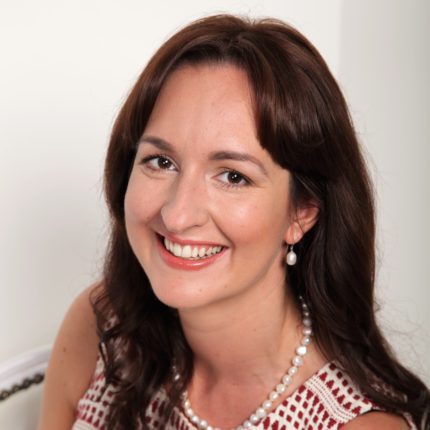This year, on International Women’s Day 2020, the UK higher education sector is operating under very different political masters.
Although the UK’s second ever female Prime Minister now finds herself back on the backbenches, our universities and colleges are coming to terms with life under two new female figureheads – each with responsibility for a different half of the old universities and science brief.
Gone are the days when male ministers reigned supreme over national higher education and research policy – a trend that has dominated Whitehall since Margaret Hodge left the post of universities minister during the Blair government in June 2003.
But before we get too carried away with the celebrations, let’s take a moment to think about what this means in practice.
Women’s work
First, the decision to split the role in two may be seen to have downgraded its profile in government. In the Department for Education, Michelle Donelan is now “only” responsible for the teaching elements of the universities brief. While, over the road in BEIS, Amanda Solloway has been appointed as one of the most junior ministers in the department, despite having responsibility for the two areas the government purports to care deeply about: science and space.
Second, the new ministers will inevitably find themselves thrust into what is still very much a man’s world. For example, the government’s Chief Scientific Adviser is a man. The outgoing chief executive of UKRI is a man. And, of course, the Prime Minister’s chief adviser, Dominic Cummings, has become one of the most talked-about men in UK politics.
On the one hand, we should all be thankful to the latter for shining a spotlight on science and committing the Government to doubling UK research spending within the next five years – not to mention pledging to create a UK Advanced Research Projects Agency discovery science body, which could truly transform UK innovation.
On the other hand, Cummings’ carefree approach to risk, coupled with his obvious potential to disrupt, does nothing to dispel the macho image of research and development and the idea of scientific development as “one for the boys”.
Our two new ministers may indeed find themselves in the minority at the top table even when it comes to discussions with the sector itself. Currently, only one representative body and mission group in higher education is headed up by a woman. None of the most influential think tanks and sector press are led by women. And still only around a third of our universities have female Vice-Chancellors at their helm.
Of course, this does not mean that women are not playing influential roles. Our universities and colleges are full of strong women, from female academics at the forefront of their fields to the female professional service staff leading the way in strategy, policy and influence. The regulator and the HE development agency are both led by women, not to mention the student complaints ombudsman.
Raising our voices
In a world where it at least appears that men are calling the shots when it comes to the direction of national policy, it is important we actively make efforts to allow women to become more visible in the policymaking process. This means making sure top female academics are sitting around the table shaping developments like ARPA. It also means enabling women who work in managerial, administrative and support roles to feel empowered to speak publicly about their ideas and experiences – to help move the debate on sensibly and enhance inclusivity.
If today’s policymaking circles are not going to provide the necessary openings for women, then we – as a sector – have a duty to make sure we are letting our women shine. Only this way will it become easier to call out the male dominance of the seats at the top table. Only this way will it erode the unfair and off-putting macho façade of science. And only this way will we send our new universities and science “min-sisters” a clear sign that theirs are not the only female voices that are leading the sector into the future.














Did you not mean Barrenness Tessa Blackstone HE Minister during the Blair Government?
Tessa Blackstone was before Margaret Hodge. Also Tessa was Master of Birkbeck prior to that. There have been a number of prominent women in HE up until recently – Diana Warwick was CEO of UUK until 2010 succeeded by another woman (Nicola Dandridge). At one point most of the mission groups – Million Plus, University Alliance & Russell Group were all headed by women too. There has long been a great heritage of women leading the HE sector.